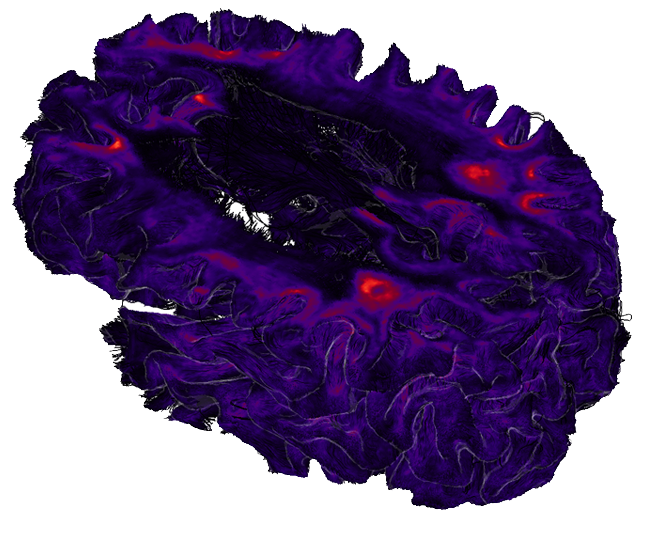Project: Anomaly detection of white matter pathways using deep learning
Description

Most diffusion magnetic resonance imaging studies of disease rely on statistical comparisons between large groups of patients and healthy participants to infer altered tissue states in the brain; however, clinical heterogeneity can greatly challenge their discriminative power. There is currently an unmet need to move away from the current approach of group-wise comparisons to methods with the sensitivity to detect altered tissue states at the individual level. This would ultimately enable the early detection and interpretation of microstructural abnormalities in individual patients, an important step towards personalized medicine in translational imaging. To this end, Detect [1] was developed to advance diffusion magnetic resonance imaging tractometry towards single-patient analysis. By operating on the manifold of white-matter pathways and learning normative microstructural features, our framework captures idiosyncrasies in patterns along white-matter pathways.
Detect uses a data-driven, unsupervised normative modeling approach based on deep autoencoders. In this project, the goal is to investigate other DL based approaches for anomaly detection of tract-profiles.
[1] Chamberland, Maxime, et al. "Detecting microstructural deviations in individuals with deep diffusion MRI tractometry." Nature computational science 1.9 (2021): 598-606.
Details
- Student
-
AJAdil Jahouh
- Supervisor
-
 Maxime Chamberland
Maxime Chamberland
- Secondary supervisor
-
 Andrei Jalba
Andrei Jalba